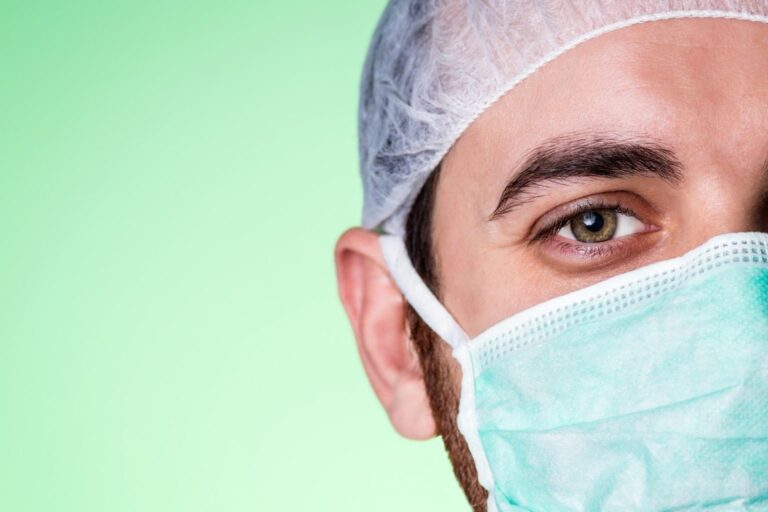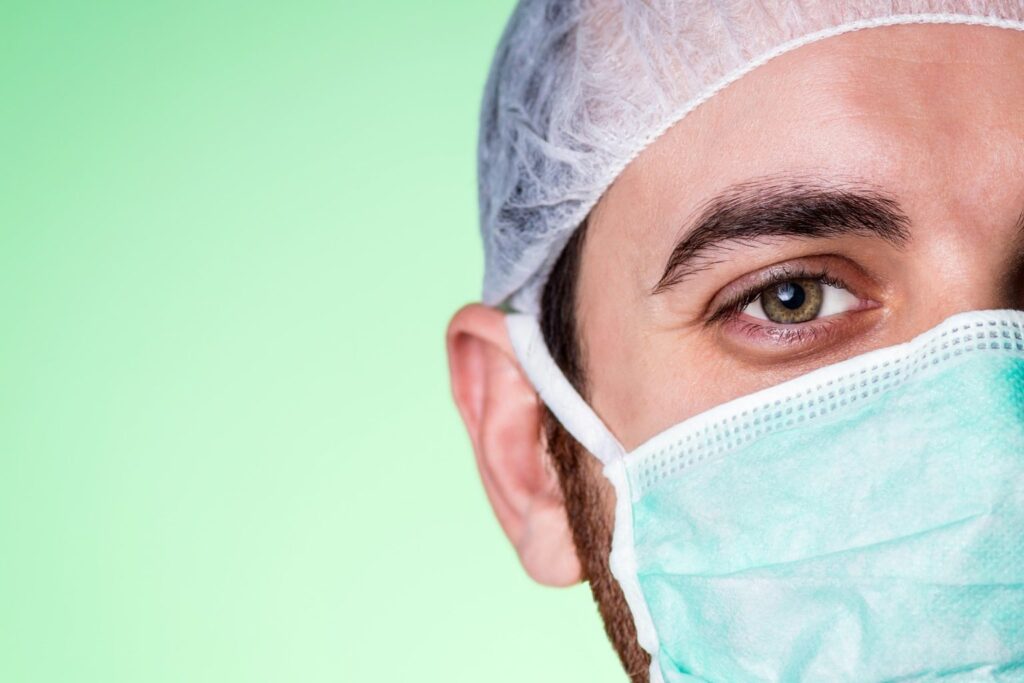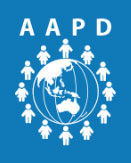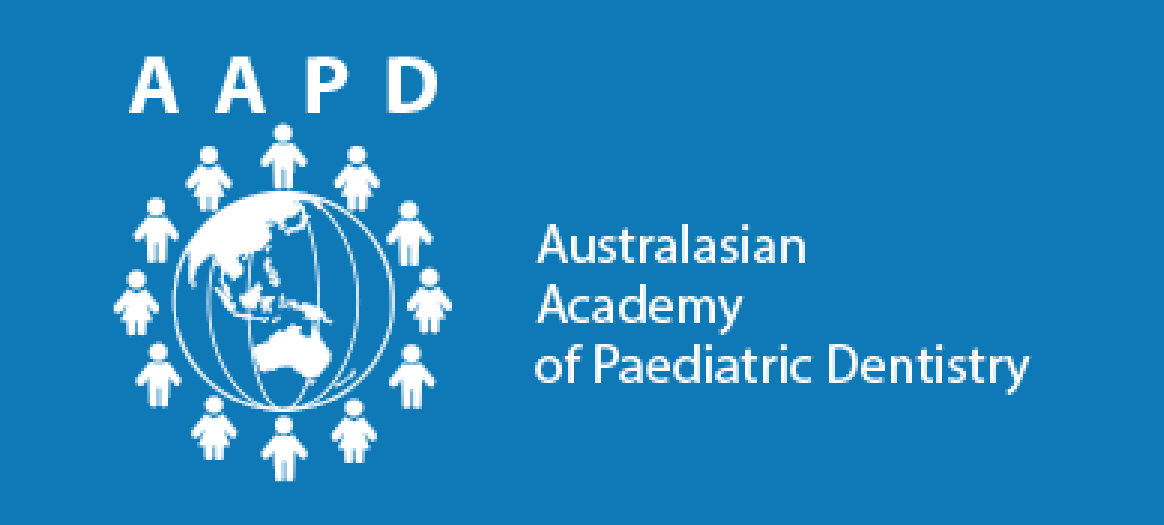
Introduction
Contemporary paediatric dental training requires registrars to acquire knowledge, develop clinical expertise and establish lifelong learning skills under continual assessment and evaluation. They provide clinical care, have teaching duties and are involved in research, making them active and strategic components in both dental schools and children’s hospitals. Their routine requires them to remember, select and access relevant information constantly, making them more vulnerable to occupational stress and burnout.
While the term “burnout” was first used in reference to end-stage drug addiction, one can argue that it has existed alongside humanity since the beginning. In Numbers, Moses complained, “I’m unable to carry all these people alone; the burden is too heavy for me.” In 1 Kings, Elijah sat under a juniper tree and prayed “I’ve had enough. Just let me die!” Freudenberger, in 1973, described burnout as a phenomenon resulting from unsuccessfully managed chronic workplace stress and a cause for concern. However, the World Health Organisation considers burnout an occupational syndrome rather than a medical condition. They describe three axes of burnout: emotional exhaustion (EE) i.e., feeling overextended and unable to give psychological support to others; depersonalization (DP) i.e., disengagement, negativism or cynicism related to work; and lacking personal achievement (PA) resulting in professional inefficacy and negativity towards work-related achievement.1 These indices are derived from the Maslach Burnout Inventory, a commonly used research tool.2 Importantly, burnout is not classified as a mental disorder.3
Burnout is prevalent in front-facing occupations requiring constant, direct and intense interpersonal interaction. Medical registrars anecdotally report being underpaid, sleep deprived, verbally abused, subject to innuendoes about their gender, race and appearance and humiliated in front of their peers. Participation in postgraduate clinical training is a known risk factor for burnout in dentistry.4,5 Therefore, this essay reviews the literature to support or refute notions of burnout experience among paediatric dental registrars as an innate individual susceptibility, or an inevitability within healthcare education.
Burnout in Paediatric Dental Registrars
Four cross-sectional studies assessed burnout in trainee paediatric dentists – however, they used modified definitions of overall burnout.6-9 Therefore, scores for each burnout axis are discussed separately below.
Of 99 Greek postgraduate dental registrars from all disciplines, 10 paediatric registrars exhibited identical perceived clinical and academic stress scores to the clinical group average. In multivariate analysis, perceived stress was positively correlated with all three burnout dimensions, independent of individual demographics. Approximately 40% of paediatric dental registrars had high EE scores, 30% had high DP scores and 50% had reduced PA scores. Within the group, two thirds practised dentistry independently of their studies, which had a protective effect against burnout.5 Similarly, seven paediatric dental registrars of 36 Swiss postgraduate dental registrars with a salaried position perceived that stress and burnout increased with each study year. Interestingly, their burnout scores in each dimension were favourable over the Greek cohort.7
Although self-reported physical and mental health appears to be similar among specialties, DP scores are significantly greater in restorative and oral surgery specialties compared with orthodontics.8 Also, paediatric dental registrars in India exhibited higher proportions of unfavourable EE (12%) and DP (37%) scores, but favourable PA (87%) scores.9 The three most commonly reported causes of stress were case selection for examinations, finance and fear of unemployment after graduation.10
While it is evident that paediatric dentists exhibited higher burnout scores in some studies,11 the available studies needed more power to make confirmatory conclusions about specialties.
Proximal Factors in Burnout
Demographic characteristics such as age, gender, financial position, work experience, family structure and even individual characteristics such as personality, emotional intelligence (EI), resilience and resourcefulness, are implicated in burnout susceptibility. Gender differences between scores on different burnout axes is inconsistent in both the medical and dental literature.7,12 High DP scores were more prevalent among male registrars,5 while EE appears to be higher among females.12,13 The relationship between age, marital status or number of dependents and burnout is also unclear.9,12,14 Importantly, EI subdomains of self-appraisal, regulation of others and emotionality are protective against burnout in surgical registrars.12,14,15 However, any changes in EI may only occur over more extended time periods or require more active intervention.16
The personality type of paediatric dentists has been surveyed but not correlated with burnout data.17 Interestingly, obsessive-compulsive personality traits, characterized by anxiety for order, perfectionism and mental and interpersonal control, were shared across Portuguese registrars. However, registrars with narcissistic and borderline personality traits were significantly more likely to experience burnout.18
Intriguingly, Liu and co-workers hypothesised that a perceived lack of clinical experience might be correlated with registrar burnout. They found a significant correlation between students feeling a lack of competency in patient care and EE scores.19
Distal Factors in Burnout
As proximal factors do not always accurately predict burnout,13,14,20 distal factors considered in the medical literature include workplace environment, support and mentoring, teamwork and camaraderie within the peer group, and the cultural milieu.5,20,21 Occupational demand and resource imbalance, lack of autonomy and social belonging, perceived unfairness, disruptive workplace behaviour, inadequate staffing, prolonged clinic hours and frequent oncall commitments are associated with burnout in surgical registrars.12,22 Mistreatment by patients or their families, including intimidation, harm, inappropriate remarks and frequent shaming is associated with burnout, especially in oral-maxillofacial surgical registrars.23,24 Conversely, meaningful feedback for professional development and a sense of agency has been inversely associated with burnout in surgical registrars.22 Recent COVID-19 restrictions, with constantly evolving clinical guidelines, has caused burnout in healthcare workers.25,26 Delays to non-emergent surgical procedures and reductions in operative cases was a source of stress for surgical registrars.15
Conclusion
Burnout among paediatric dental registrars is a workplace-mediated, circumstance modulated, multifactorial, dynamic process resulting in emotional exhaustion, depersonalization and doubts about personal achievement. It is determined by behavioural, psychosocial and environmental factors. This process results in registrars seeking the shade of that juniper tree – depleted, despondent, and saying “enough.” However, disentangling the contributions of these various factor is complex. Nevertheless, rewarding demonstrations of registrar self-sacrifice compounds this sense of misalignment. Furthermore, modifying workplaces to reduce the ongoing dislocation between individual and institutional priorities has the potential to significantly improve occupational burnout.

What is the AAPD Colgate Recent Graduate Speaker Award?
Recently graduated paediatric dentists are invited to deliver a short, 15-minute presentation on any topic that is both contemporary and controversial within the broad field of paediatric dentistry.
The winning presentation takes home a prize and the AAPD Colgate Recent Graduate Speaker Award.
References
1. Burn-out an “occupational phenomenon”: International Classification of Diseases. WHO [Internet]. 2019 [cited 2023 Jan 26]. Available from:
https://www.who.int/news/item/28-05-2019-burn-out-an-occupationalphenomenon-international-classification-of-diseases
2. Maslach, C, Jackson S. The measurement of experienced burnout. J Organ Behav.1981;2(2):99-113.
3. Regier D, Kuhl E, Kupfer D. The DSM-5: Classification and criteria changes. World Psychiatry.2013;12(2): 92-8.
4. Singh P, Aulak D, Mangat S, Aulak M. The significant factors contributing to burnout in dentistry. Occup Med.2016;66:27-31.
5. Divaris K, Polychronopoulou A, Taoufik K, Katsaros C, Eliades T. Stress and burnout in postgraduate dental education. Eur J Dent Educ. 2012;16:35-42.
6. Maslach C, Leiter M. How to measure burnout accurately and ethically. Harvard Business Review [Internet]. 2021 [cited 2023 Jan 26]. Available from: https://hbr.org/2021/03/how-to-measure-burnout-accurately-and-ethically
7. Divaris K, Lai C, Polychronopoulou A, Eliades T, Katsaros C. Stress and burnout among Swiss dental residents. Schweiz Monatsschr Zahnmed 2012;122(7-8):610-615.
8. Humphris G, Lilley J, Kaney S, Broomfield D. Burnout and stress related factors among junior staff of three dental hospital specialties. Br Dent J. 1997;183:15-21.
9. Gune N, Jawdekar A. Assessment and comparison of the perceived stressors and dimensions of burnout among Indian postgraduate students of various specialties at a private dental school in Navi Mumbai: a cross-sectional study. Quintessence Ind. 2018;2(5):21-30.
10. Asokan S, Ramakrishnan G, Pollachi P, Varshini R, Sudhandra V, Shyam S. Stress amongst paediatric dental postgraduate students in India: A mixed-method approach. Eur J Dent Educ. 2022;26(3):629-638.
11. Newton J, Mistry K, Patel A, Patel P, Perkins M, Saeed K et al., Stress in dental specialists: a comparison of six clinical dental specialities. Prim Dent Care. 2002;9(3):100-4.
12. Sauder M, Zagales I, Zagales R, Das S, Sen-Crowe B, Bilski T et al., Comprehensive assessment of burnout among surgical trainees and practicing surgeons: a systematic review. J Surg Educ. 2022;79(5):1188-1205.
13. Kratzke I, Woods L, Adapa K, Kapadia M, Mazur L. The sociotechnical factors associated with burnout in residents in surgical specialties: a qualitative systematic review. J Surg Educ. 2002;79(3):614-623.
14. Haddon Mullins C, Gleason F, Wood T, Baker S, Cortez A, Lovasik B et al., Do internal or external characteristics more reliably predict burnout in resident physicians: a multi-institutional study. J Surg Educ. 2020;77(6):86-93.
15. Gleason F, Baker S, Wood T, Wood L, Hollis R, Chu D et al., Emotional intelligence and burnout in surgical residents: a 5-year study. J Surg Educ. 2020;77(6):63-70.
16. Lindeman B, Petrusa E, McKinley S, Hashimoto D, Gee D, Smink D et al., Association of burnout with emotional intelligence and personality in surgical residents: can we predict who is most at risk? J Surg Educ 2017;74(6):22-30.
17. Needleman H, Bang S, Zhou J, Johnson J, McPeek B, Graham D. Personality types of pediatric dentists: comparative analysis and associated factors. Pediatr Dent. 2011;33(1):37-45.
18. Alemany Martinez A, Berini Aytes L, Gay Escoda C. The burnout syndrome and associated personality disturbances. The study in three graduate programs in dentistry at the University of Barcelona. Med Oral Patol Oral Cir Bucal. 2008;13(7):444-50.
19. Liu Y, Song Y, Jiang Y, Guo C, Zhou Y, Li T et al., Burnout and its association with competence among dental interns in China. Front Psychol. 2022;13:e832606.
20. Montgomery A. The inevitability of physician burnout: Implications for interventions. Burn Res. 2014;1(1)50-56.
21. Lu D, Germann C, Nelson S, Jauregui J, Strout T. “Necessary compromises”: a qualitative exploration of the influence of burnout on resident education. AEM Educ Train. 2020;5(2):e10500.
22. Gleason F, Malone E, Wood L, Baker S, Hollis R, Richman J et al., The job demandsresources model as a framework to identify factors associated with burnout in surgical residents. J Surg Res. 2020;247:121-127.
23. Shaikh H, Hatfield M, Ciaburri R, Wilkins K, Bjorkman K, Goldenberg M et al., Mistreatment of pediatric residents by patients and their families is common and requires more effective interventions. Acad Paediatr. 2019;19(6):7-8.
24. Shapiro M, Rao S, Dean J, Salama A.What a shame: increased rates of OMS resident burnout may be related to the frequency of shamed events during training. J Oral Maxillofac Surg. 2017;75(3): 449–57.
25. Maunder R, Heeney N, Hunter J, Strudwick G, Jeffs L, Ginty L. Trends in burnout and psychological distress in hospital staff over 12 moths of the COVID-19 pandemic: a prospective longitudinal survey. J Occup Med Toxicol. 2022;17(1):11.
26. Shaikh C, Kelly E, Paro A, Cloyd J, Ejaz A, Beal E et al., Burnout assessment among surgeons and surgical trainees during the COVID- 19 pandemic: a systematic review. J Surg Educ. 2022;79(5):1206-1220.

